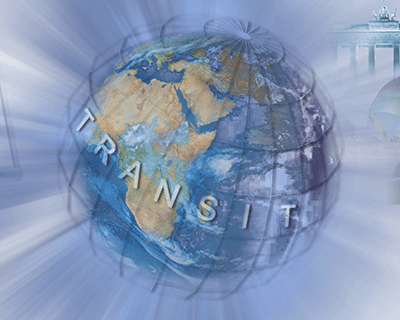Translation Memory
How to get the most from your translation assets.
Translation memory describes the process of storing translations done by human translators so it can be used as reference for future translations, ensuring consistent results.
Translation memory delivers:
- consistent quality
- cost reductions
- faster translation
Predictive Text
Most professional human translators use editing software called Translation Memory. A translation memory tool assists professional translators with translation on a computer by managing source documents, translation memories and glossaries in translation projects. It’s a bit like predictive text on your phone i.e. as the translator translates they are shown similar sentences they have translated before.

Utilizing Translation Memory
Translation memory software aids translators and project managers alike.
What is it used for?
Contrary to machine translation tools which translate content for you, translation memory software assists the human translator with translation resources and is used for translating content in a wide variety of formats (i.e. OpenOffice documents, HTML and others).
The software breaks the text to translate into segments (sentences) and suggests to the translator similar text that has been translated before. It’s a bit like predictive text on your phone.
Suggestions may or may not be taken into account, but when the translator decides what the text should be, the translation memory software stores his/her translation in the translation memory database. It will then suggest it as a possibility later if a similar sentence requires translation. So this way we store every single line of translation we do for you.
In this way, the translator retains ultimate control over the content of the translation and can review all your previous translations instantly. This means the translation is very consistent.
Furthermore, even when the segment of text is not identical, the system can identify similar segments of text – called fuzzy matches – and highlights the differences between the segments. The system also records the level of similarity between these ‘fuzzy matches’ so that the translator is aware of the similarity of the previous translation. An example might be the sentences… “Use a 6 step gearing to increase torque” and “Use a 5-step gearing to increase the torque”. These sentences are similar but not the same so are referred to as fuzzy matches.
In addition to this, most Translation Memory Tools include a multilingual glossary function, which enables pre-approved individual terms to be uploaded into them. So we can build a custom dictionary for each customer.
Advantages of Translation Memory Software
- Saves Time: Segments that are repeated and validated by the translators can be reused
- Consistent Quality: TM increases consistency in the sense that if a large project is shared among several translators, the software will reduce differences in terminology and style that may exist between translators. Over time all your documents will be translated in the same manner
- Lower Cost: We charge at a reduced rate for repeated or similar segments that are identified by the Translation Memory Software. * Effective: Our translation memory tool Transit NXT enables text from packages such as Quark and InDesign to be extracted and reimported very quickly, without having to copy and paste them from Word documents into the original formats
